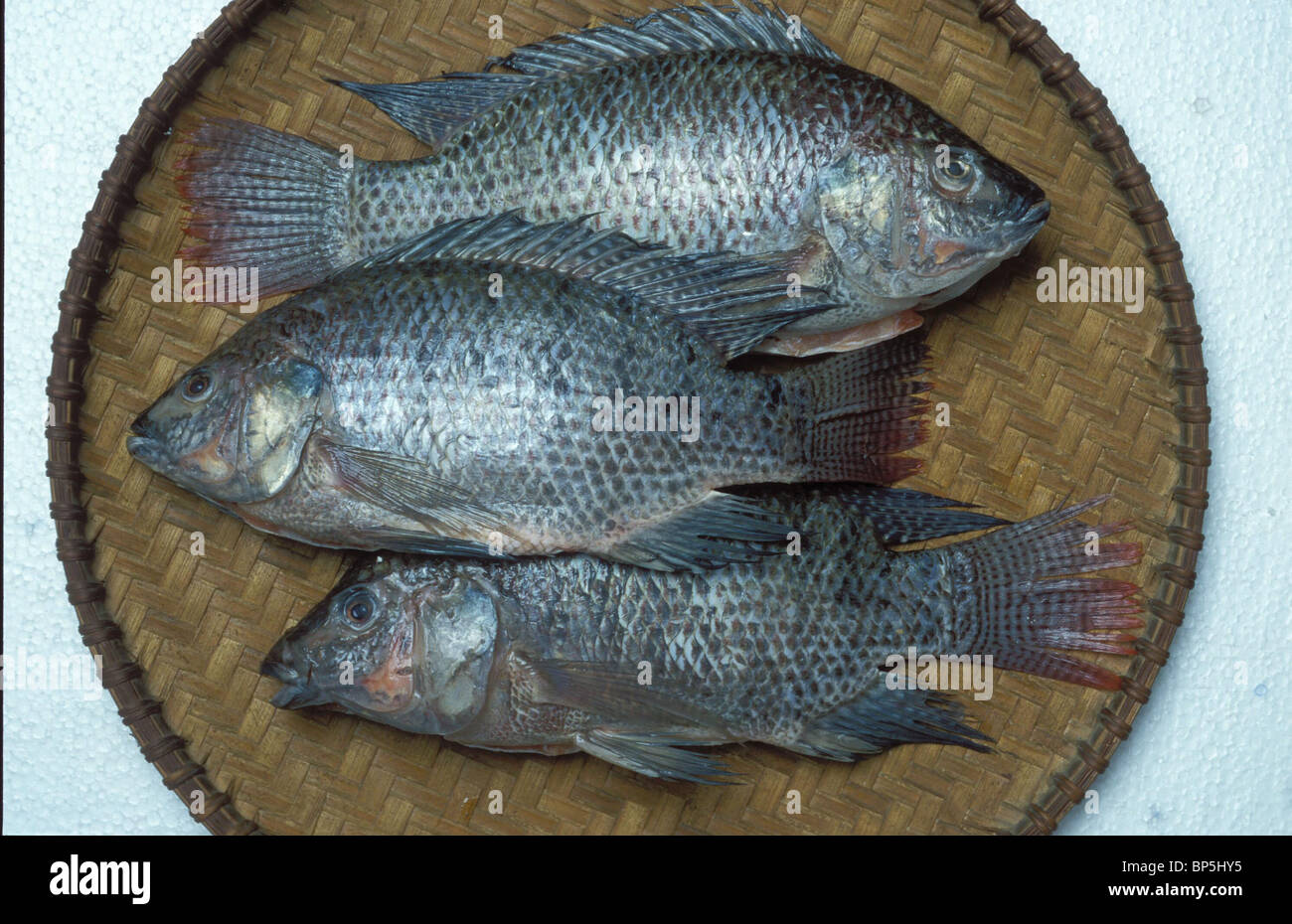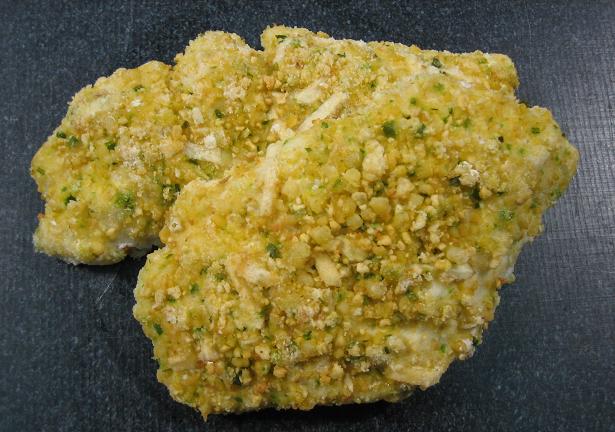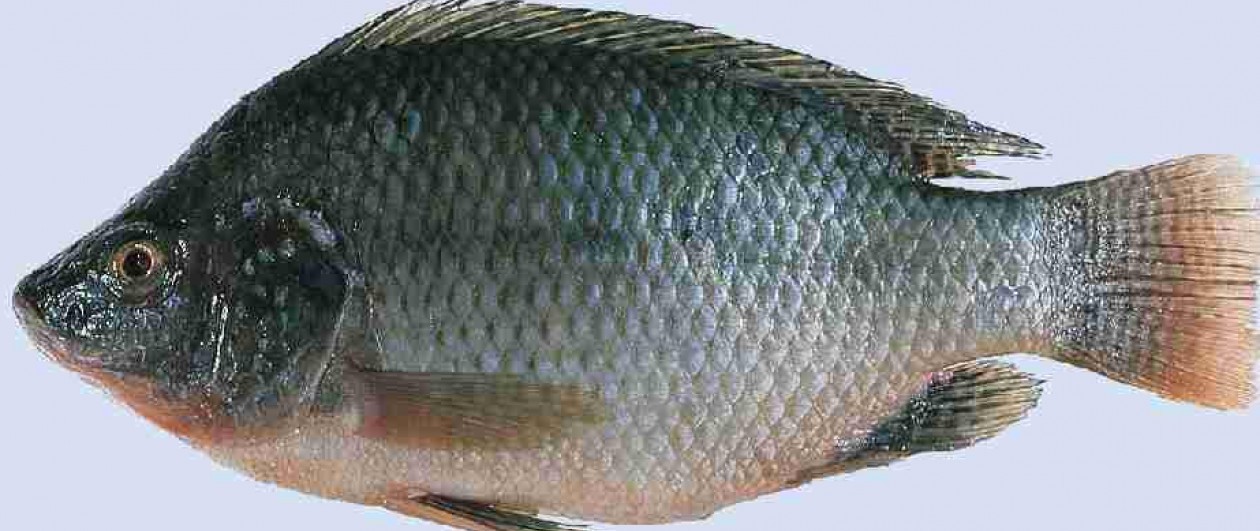

In Kenya, these fish have been introduced to vast reservoirs, the latter created for hydroelectric power generation, to control mosquito populations, for these insects lay their eggs on the floating plants to be consumed by tilapia. In other American states and in Thailand, tilapia are used instead of metal-based algaecides thus reducing the amount of oxygen depletion in water. By reducing algae and other forms of aquatic vegetation, water purification costs are reduced. In Arizona in the United States, they are used to keep canals clear of algae so that these sources of urban drinking water are kept free. Whilst tilapia’s natural predators may be fish eagles, kingfishers and herons, man has used them to good effect, mostly as waterway algae-controls.
#Tilapia galilaea skin#
However, not a great deal is actually known about the tilapia’s breeding habits.īrazilian doctors use tilapia skin to treat a burns victim. Once the female’s eggs are fertilised, she holds them in her mouth until the hatchlings appear and have devoured their own yolks. There, in high saline concentrations of lake water, they survive when other introduced species have perished. They also consume large quantities of floating aquatic plants such as duckweed and other submerged plants, thereby reducing oxygen-depleted debris in rivers.Whilst essentially freshwater, river fish, they have adapted to other environments such as the Salton Sea in California. Tilapia feed only on plants but especially algae, for they are true vegetarians. The Nile tilapia has quite a dark colour, unlike the commercially farmed hybrids, whose flesh has a reddish and more visually appealing colouration. Their colourings can vary considerably from one species to another and their flesh is also of different colours. The Mozambique tilapia is slightly smaller, in both length and weight. The Blue tilapia (Oreochromis aureus) is up to 46cm long but usually measures 16cm and weighs 2kg.

The Nile tilapia is the largest of the species, up to 60cm long and approaching 4.3kg in weight. No wonder that they are known as ‘aquatic chicken’.

I say ‘free-ranging’ advisedly as these fish are also farmed and, like chicken, they may be of two sorts. In their native environment, free-ranging tilapia can vary much both in length and body weight. In its jaws, a conical set of teeth is used to excellent effect when feeding. It is its bodily slenderness that likens it to flatfish. With one nostril on each side of its forehead, its face is dominated by its upward curving lower lip. Unlike the sole and plaice flatfish that swim laterally along the seabed, tilapia are vertical swimmers, with long dorsal fins abruptly ending before the tailfin. There are very many varieties, to include hybrids, for they compose a hundred or more species of cichlid fish. In Biblical times, the Galilean Comb (Tilapia galilaea) or Saint Peter’s fish is still caught by local fishermen today.

Ancient Egyptians used aquaculture to breed them for food and the Nile tilapia (Oreochromis niloticus) is seen both in hieroglyphics and painted on tomb walls. Tilapia include many species of fish, dating back to early Egyptian and even Biblical times in the Sea of Galilee. The total annual United States consumption of this fish is over 2.5 million tonnes!Īndrew Smith, a Scottish zoologist, first gave this species its name in 1840, when he observed it as a freshwater fish living in lakes, ponds, shallow rivers, and sometimes in brackish waters. It is the most frequently eaten variety of fish in the United States, where it is found in the coastal waters of Florida or farmed to produce 10,000 tonnes each year. How many of us have eaten tilapia, served in various dishes? TILAPIA is a Latinised version of a word taken from the African Tswana (Bantu) language, ‘thiape’, meaning fish. The Nile tilapia is the largest of the species.


 0 kommentar(er)
0 kommentar(er)
